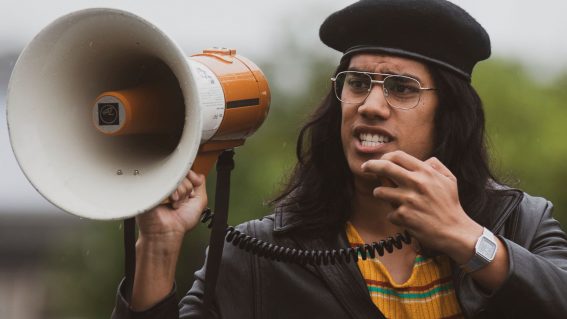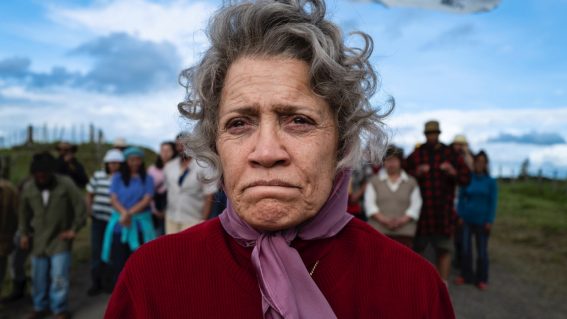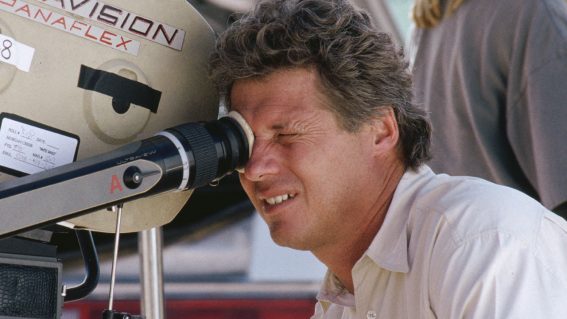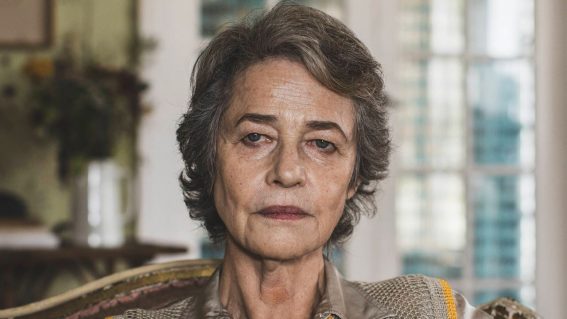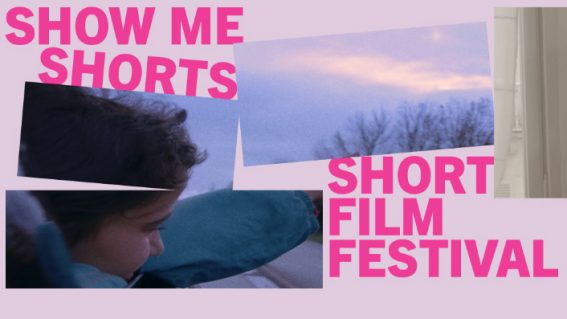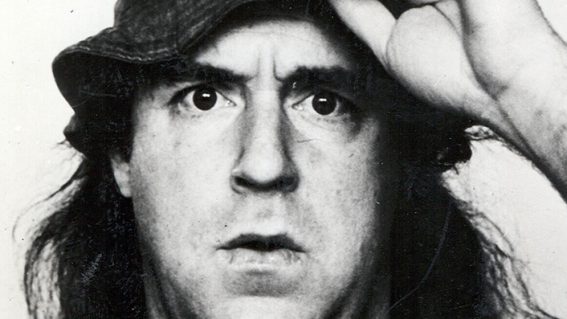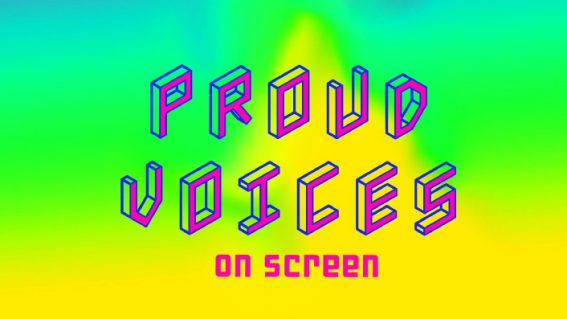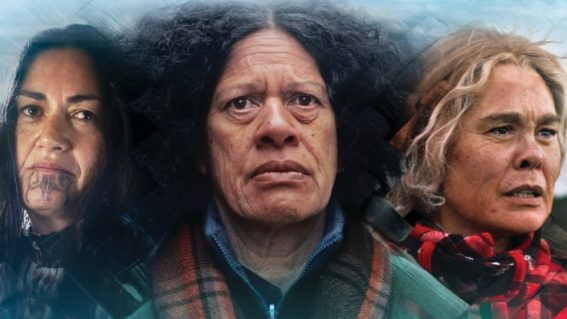The story of the lone Kiwi animator who took on Pixar at the Oscars
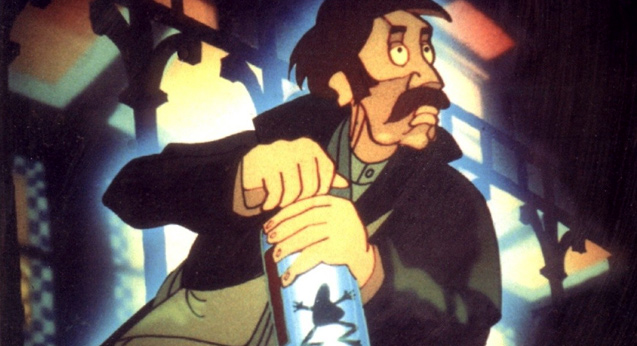
Only two animated features exist in the entire history of Aotearoa cinema. The most recent one, the Annecy-nominated 25 April, illustrated the stories of six New Zealanders involved in the tragic 1915 Gallipoli Campaign.
The other, 1986’s Footrot Flats: The Dog’s Tale, brought Murray Ball’s beloved cartoon strip to life on the big screen. It was a seismic hit, becoming one of the highest grossing New Zealand movies ever.
In that same year, a lone Kiwi animator by the name of Bob Stenhouse released his animated short film, The Frog, the Dog and the Devil, inspired by Ernie Slow’s ballard The Devil’s Daughter. While Wal and Dog’s success cemented that film in the mind of New Zealanders nationwide, Stenhouse’s film went on to get an Oscar nomination – the first for a Kiwi animator – alongside Pixar’s Luxo Jr. at the 1987 Academy Awards.
It’s a luminous, intoxicating piece of art made unique by Stenhouse’s backbreaking process that no-one else would probably replicate today. While the character designs might provoke thoughts of The Black Cauldron or The Secret of NIMH, the omnipotent glow that carries throught the film is unlike anything else out there.
Animation is an expensive and time-consuming form of filmmaking, which is why New Zealand has hardly any animated features. The one-of-a-kind process that went into making The Frog, the Dog and the Devil was just as arduous – if not more so.
“The finished film runs only seven minutes, but involved years of work – although other projects occasionally intervened. NFU animated shorts were individual projects and, except for the sound track, Stenhouse completed everything himself — from creating all the artwork, to operating the 35mm animation camera.
“Each individual frame of animation required co-ordinating multiple images, sometimes meaning as many as 35 ‘passes’ through the camera. These days animation, and the layering together of different images, is made infinitely easier thanks to computers. Stenhouse used a complex process of multiple exposures and background mattes, some of which helped give the film its distinctive glow. In filming, a single error meant re-doing days of work.
“Asked if he wanted to keep his techniques a secret, Stenhouse replied that he didn’t think there were many people around silly enough to try it.” -via NZ On Screen
This is the part where I mention that Stenhouse lost graciously to Pixar at the Academy Awards and that he should keep his head held high for single-handedly taking on the studio that would eventually become a Disney juggernaut. The reality is, however, that BOTH films lost to the incomprehensibly dull Dutch short A Greek Tragedy.
If I had to shoehorn two morals into this story, they would be:
1) Greek tragedies are severely overrated
2) New Zealand cinema is blessed with a wealth of short-form animated films
Earlier this year, Phil Brough’s natural disaster comedy Fire in Cardboard City scored a Special Jury prizeat the Tribeca Film Festival and also took home Best Film at last year’s Show Me Shorts. The year before, that same Show Me Shorts award also went to an animated film, Ned Welock’s Spring Jam.
This year’s Show Me Shorts, as well as the New Zealand International Film Festival, will most likely screen locally-made animated shorts once again. As history proves, they’re worth seeing.
For now, check out The Frog, the Dog and the Devil in its entirety below.
This story is part of our month-long celebration of 40 years of NZ film. Follow all our daily coverage here.

